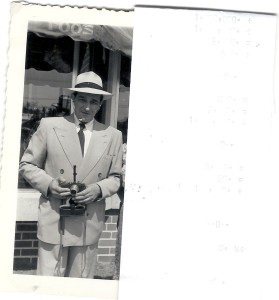There is an expression in Arabic, “live a lot and you’ll see a lot.” (Ish ktir-betshuf ktir)
I am approaching my 67th birthday and that is a long time on the road; perhaps now is the time to share a few of the very strange things that have taken place during my career.
Year 2016
I was invited to meet with an investor who was very disappointed by the results of the startup in which he had invested. He was about to cut funding in half, but before he did so, “I wanted to ask you if you know how to double the productivity of the staff who will remain after they downsize by 60%”.
Year 2012
A CEO told me that I was to report only to him. “However, make sure that HR is in the loop so that she does not walk out on me”. Therefore, I set up a monthly meeting to update HR. The HR manager called me 2 seconds after I set up the monthly meeting to bellow at me that “I want a daily report on your progress. Not monthly, not weekly, but daily.” People who read my satiric blog are well aware of the “daily” term.
Year 2001
I was sent to Seoul to interview 12 people because of the low level of communication between the Seoul group, the Toronto HQ and R&D in Tel Aviv. The local manager (Canadian) warned me that “their English ain’t to good Allon, so instead of 60 minutes per person, I gave you an hour of a half. And I’ll arrange them in order of their English language skills”. After the first interview, I told the manager that I did not understand one word. And he told me, “she’s the best English language speaker we have”. He was right. And you know what, it’s hard to get an Advil for a migraine in a Seoul pharmacy.






